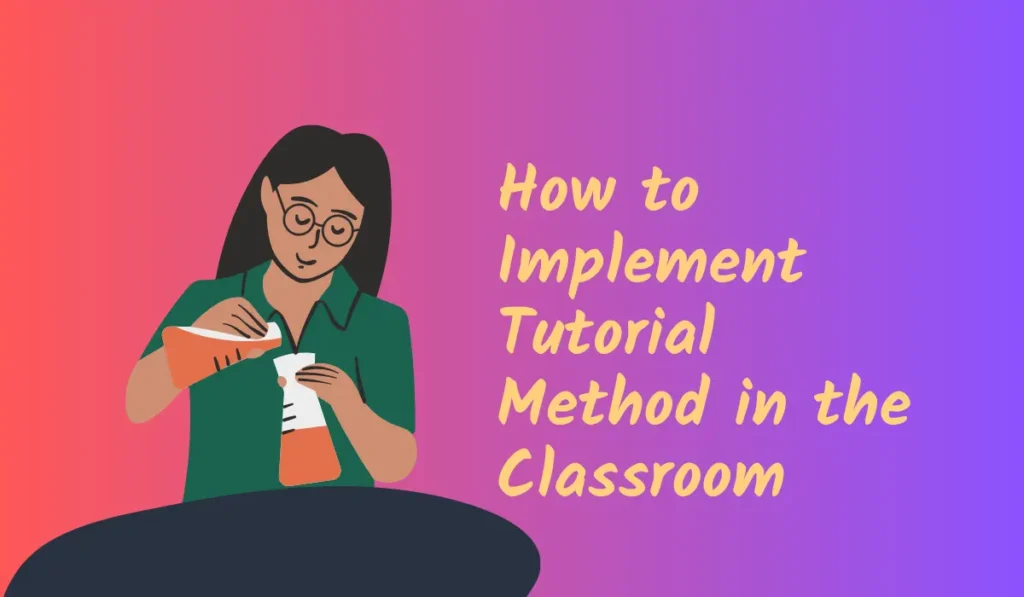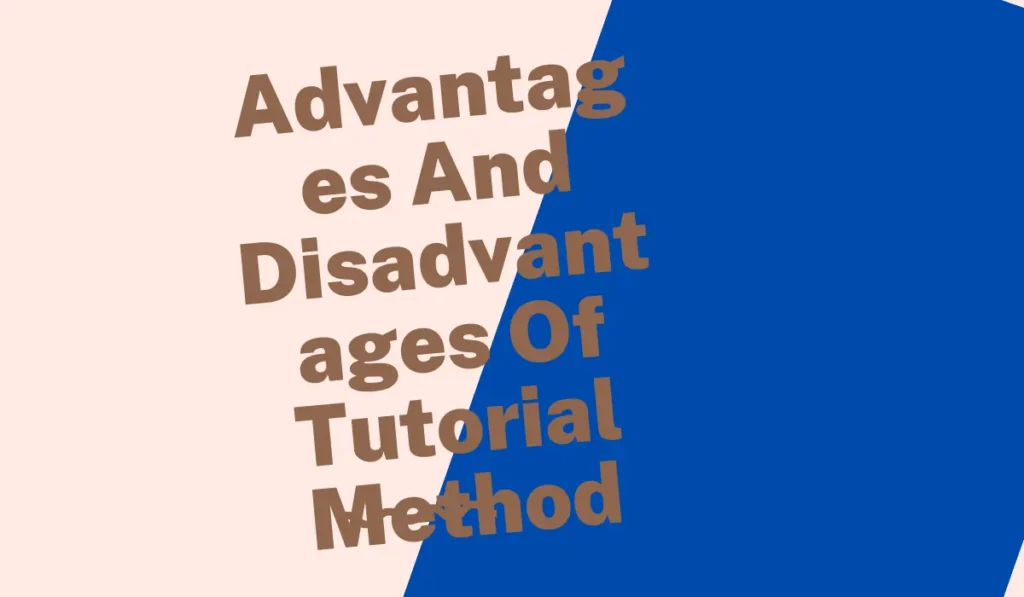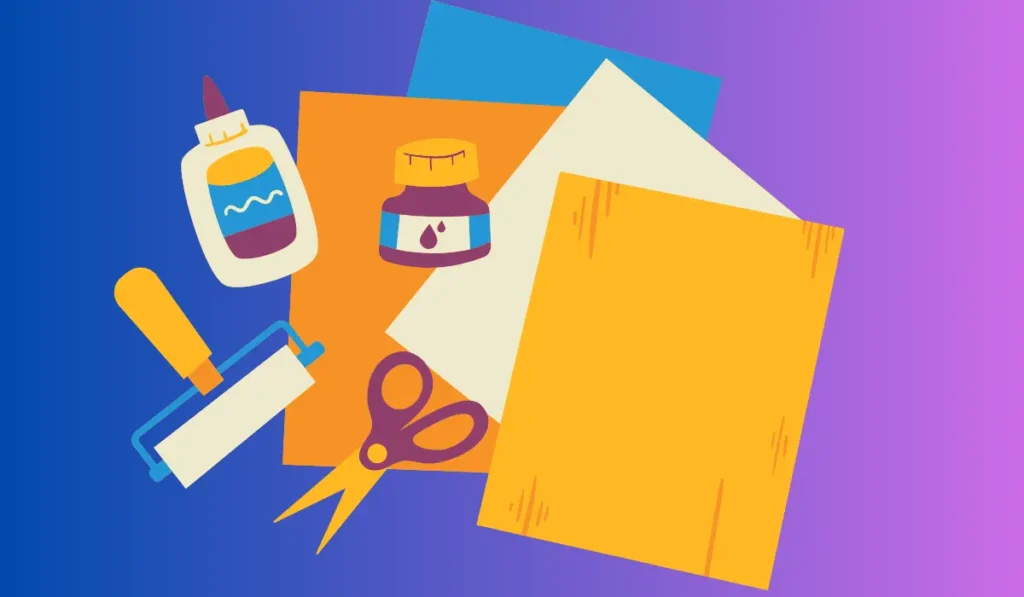The tutorial method is an instructional approach where a teacher demonstrates a skill or concept and the students practice and apply it under the teacher’s guidance. This approach allows for hands-on learning and active student participation.
In academics, tutorials are often used to supplement classroom instruction, help learners who are struggling, and provide individualized attention to learners.
In this article, I will explore the tutorial method in depth and look at its benefits and limitations.
How to Implement Tutorial Method in the Classroom

It is important to create a conducive learning environment for tutorials. This can be achieved by arranging the classroom in a way that encourages interaction and collaboration. Consider setting up small groups or pairs of students to work together on tutorial activities.
It is crucial to have well-prepared materials and resources. Teachers should carefully plan and design tutorial activities that align with the learning objectives.
These activities should be challenging enough to stimulate students’ thinking but not too difficult to discourage them.
During the tutorial sessions, the role of the teacher shifts from being a lecturer to a facilitator. The teacher should guide and support students in their learning journey.
This can be done by asking open-ended questions, encouraging discussions, and providing feedback.
Overcoming Challenges in Tutorial Method Implementation
It is widely used in various educational settings, from primary schools to universities, as it promotes active learning and critical thinking. However, like any teaching method, the tutorial method also faces its fair share of challenges in implementation.
The challenge in implementing the tutorial method is ensuring active participation from all students. In a tutorial session, students are expected to actively engage in discussions, ask questions, and share their thoughts and ideas.
Another challenge is managing time effectively. In a tutorial session, there is limited time available, and it can be challenging to cover all the topics or questions. To address this challenge, tutors can plan their sessions in advance and prioritize the most important topics.
They can also set clear time limits for each discussion or activity to ensure that the session stays on track. Additionally, tutors can encourage students to prepare for the tutorial session beforehand, so they come prepared with questions or ideas, which can help save time.
The tutorial method may face challenges in terms of student engagement and motivation. Some students may not find the tutorial sessions interesting or may not see the relevance of the topics being discussed. To overcome this challenge, tutors can make the sessions more interactive and engaging.
Another challenge in implementing the tutorial method is assessing individual student progress and understanding. In a tutorial session, it can be difficult for tutors to assess each student’s learning and provide personalized feedback.
To address this challenge, tutors can incorporate individual or group activities that allow them to assess students’ understanding. They can also use formative assessments, such as quizzes or short assignments, to gauge students’ progress.
Additionally, tutors can provide opportunities for students to reflect on their learning and set goals for improvement.
Advantages And Disadvantages Of Tutorial Method

Advantages
- Promotes intensive and personalized learning
- In-depth understanding of each topic
- Makes learning more engaging and interactive
- Allows students to ask questions and clarify concepts
- Enhances self-confidence and problem-solving skills
- The teacher has the chance to adapt teaching styles and methods to the student’s learning needs.
Disadvantages
- The price of private tutors may be expensive for some people
- Limited social interaction and a supportive classroom environment
- Students may become too dependent on teachers
- Less structure and direction may result in less productivity
The tutorial method is an excellent form of personalized learning. However, it comes with its downsides, and students must weigh the advantages against the disadvantages for themselves.
Conclusion
The tutorial method is a highly effective approach to teaching and learning. It promotes active engagement, critical thinking, and individualized support for students. By providing a personalized learning experience, tutorials enable students to grasp concepts more deeply, apply their knowledge, and develop problem-solving skills. Additionally, tutorials foster a collaborative and interactive environment, encouraging students to communicate and learn from each other.


